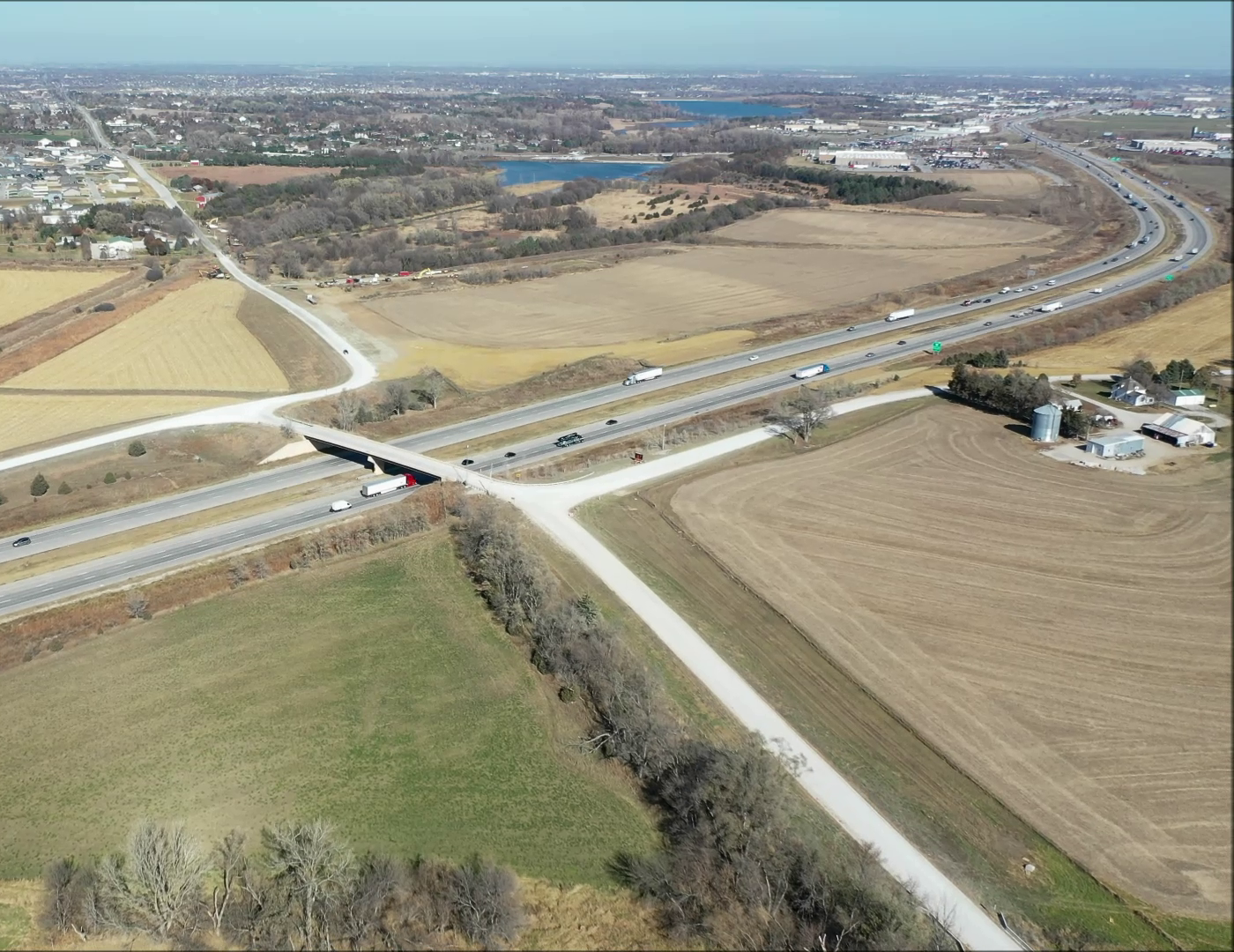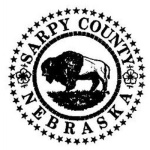Frequently Asked Questions
What is the purpose of this study?
The two existing interchanges along I-80 at N-370 and N-31 are experiencing unacceptable traffic levels of service (LOS), which are projected to get worse over the course of the next several years. In addition, Sarpy County is experiencing tremendous growth and its population is expected to increase exponentially as new land becomes available. Previous studies, such as the Metro Area Travel Improvement Study (2015-2019), have documented the current and forecasted traffic deficiencies at both the N-370 and N-31 interchanges with I-80.
Current and future development planned in western Sarpy County will continue to impact the operations and capacity of the existing interchanges and could influence the possible alternatives developed to address these issues. The Sarpy County I-80 PEL will accomplish three overarching goals:
- Identifying the overall project purpose and specific needs to help develop and screen each of the identified alternatives
- Working with area stakeholders to develop a combined land use vision for the future of the study area
- Evaluating a broad range of alternative strategies, including the rationale for determining both the reasonableness of the alternative(s) carried forward and the reasoning for eliminating any of them.
What is the Study Area?
The environmental review area encompasses western Sarpy County west of Nebraska Highway 50 (N-50). The alternatives review area extends along Interstate 80 (I-80) from just west of Pflug Road to Nebraska Highway 370 (N-370) and a buffer approximately one mile out from the interstate to address any necessary roadway connections.
What is a Planning and Environmental Linkages (PEL) study and why is it necessary?
A PEL Study is a high-level planning process that considers environmental, community, and economic goals early in project development and carries them through the environmental decision-making process (National Environmental Policy Act), design and construction. The Sarpy County I-80 PEL brings together the planning efforts conducted up to and during this study and integrates them into the environmental documentation process, or NEPA, and helps make the transition between studies as smooth as possible.
In addition, NEPA is a strict process law and requires certain protocols to be followed during project development, alternatives screening, and evaluation of impacts. A PEL study offers a little more flexibility in the planning process, yet still requires enough detail to be gathered and considered. The results of the PEL can inform, direct, and assist the NEPA process and decision makers when it comes to pursuing specific projects identified during the PEL process. The PEL process is particularly useful when the number and/or types of projects are unknown, the costs or potential resources are unknown, and the funding sources or impacts are unknown. It can also help identify the unknowns, direct decision makers to the appropriate NEPA document, and begin to lay the framework for avoiding impacts and identifying funding sources.
Who is participating in the study?
The Study is being led by MAPA and its local partners, Sarpy County, and the Cities of Gretna, and Papillion. The Study is also being led by NDOT and FHWA. Numerous additional local, state, and federal agencies and groups have been solicited for input and have been involved in the development of information for the study. The key players who are listening for input from you are MAPA, NDOT, FHWA, Sarpy County, and the Cities of Papillion and Gretna.
What are the major elements of the study?
The Sarpy County I-80 PEL began during 2020 and will continue through summer 2022. Key elements involve engaging the community and coordinating with a Community Advisory Group, Core Team, and Technical Advisory Group throughout the study. Developing a Purpose and Need Statement, crafting growth and development scenarios that would help inform practicable alternatives, screening of alternatives, and drafting initial and final drafts of the study document are also important parts of the PEL process.
Will construction begin soon?
At this time, no funding is available for design and construction of a new interchange(s), but continued planning is necessary for the future improvement of I-80 in Sarpy County if and/or when funding becomes available. Potential next steps could involve further development of one or more project proposals, securing funding, preparation of an Interchange Justification Report (IJR), preparation of an Environmental Assessment (EA), Environmental Impact Statement (EIS), or Categorical Exclusion (CE) in compliance with the National Environmental Policy Act (NEPA), preliminary engineering, environmental studies and field investigations, surveying, land acquisition, final design, and construction. Land acquisition would follow state and federal guidelines.
Who do I contact for more information?
For questions about the PEL study please contact Jim Boerner at jboerner@mapacog.org or (402) 444-6866 x 3231.
For more information about ongoing road construction in Sarpy County please see the CONNECTSarpy website.
For information on the Metropolitan Area Transportation Improvement Study (MTIS) please refer to this website.








